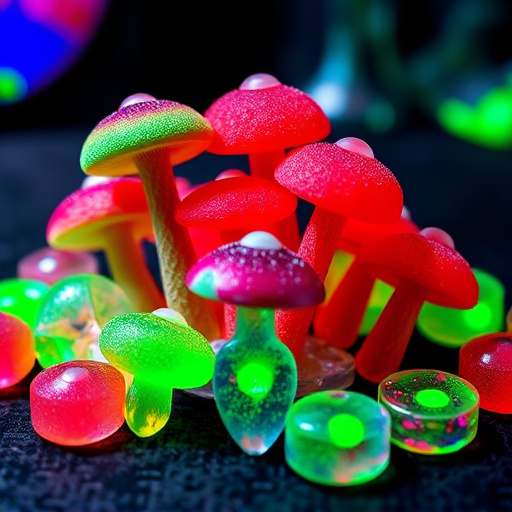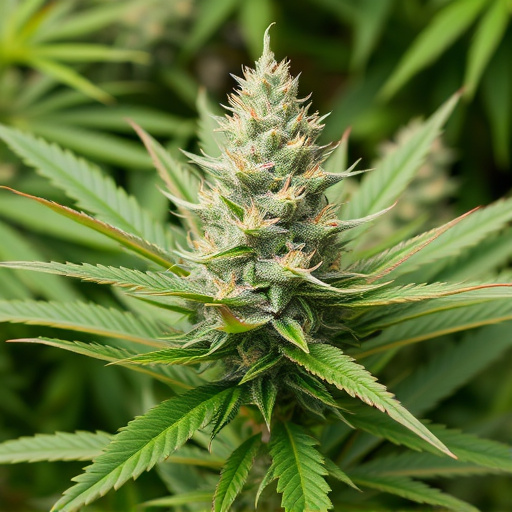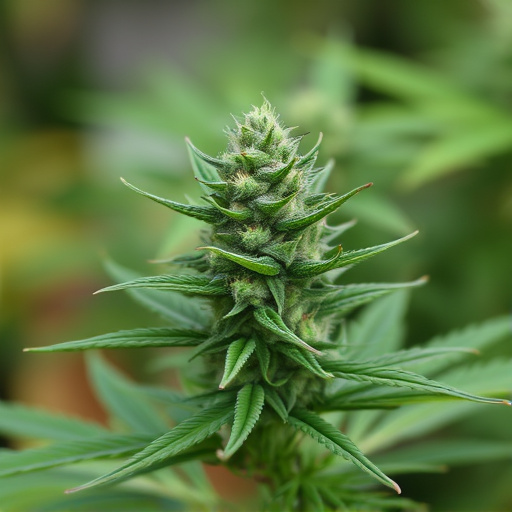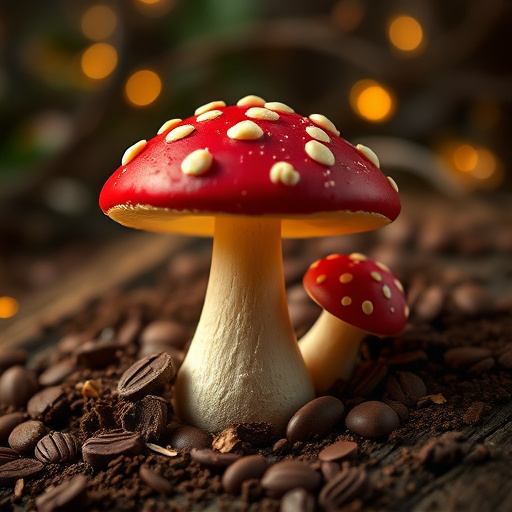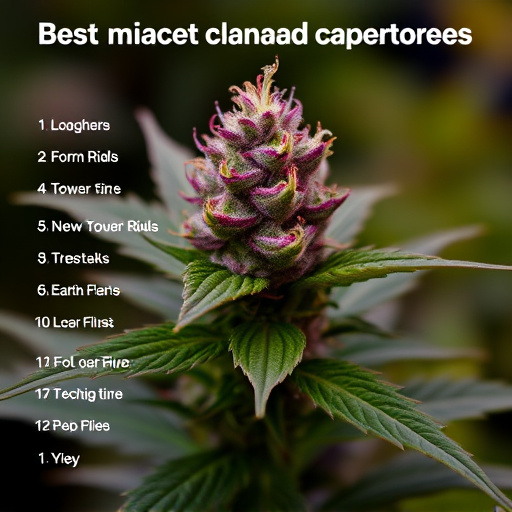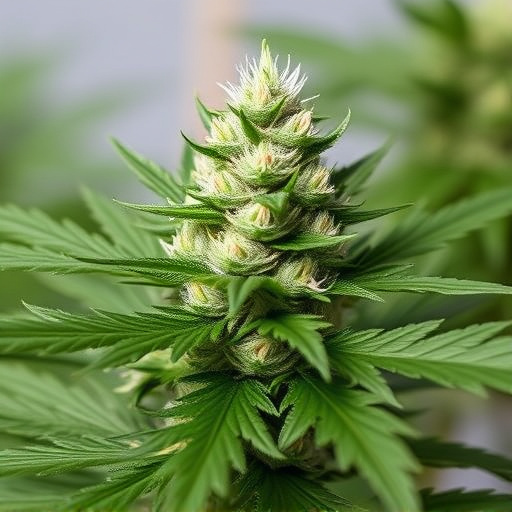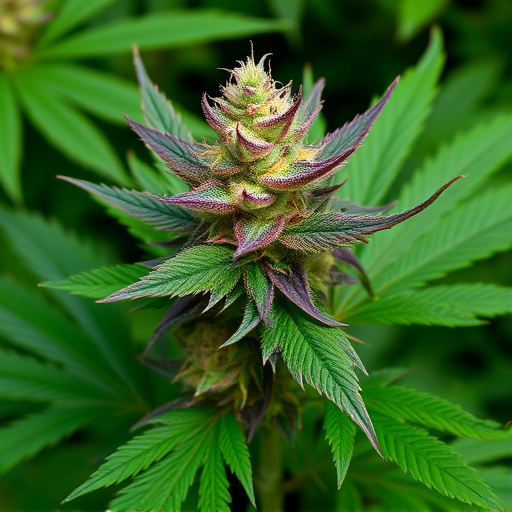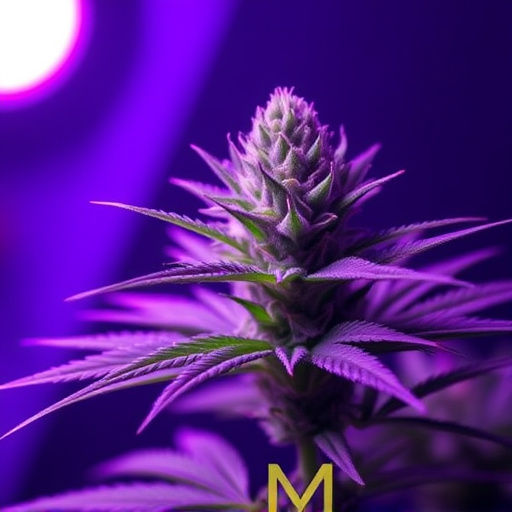Cultivating top-quality best medical cannabis strains requires understanding the complete life cycle from seed to harvest. This involves optimizing germination, vegetative growth, and flowering stages while carefully monitoring environmental factors. Proper storage practices are essential to preserving potency, as cannabinoids like THC and CBD degrade naturally over time due to light, heat, oxygen, and moisture. Simple techniques such as using airtight containers, storing in cool dark places, and maintaining low humidity significantly extend the shelf life of best medical cannabis strains, ensuring patients receive consistent and effective treatment.
Cannabis flowers, known for their potent compounds, undergo a delicate life cycle. Understanding when their potency wanes is crucial for both cultivators and consumers, especially when seeking the best medical cannabis strains. This article delves into the factors driving potency decline, from environmental influences to genetic predispositions. By exploring these aspects, we aim to equip readers with insights to preserve the efficacy of medical cannabis, ensuring access to optimal treatments.
- Understanding Cannabis Flower Life Cycle
- Factors Affecting Potency Decline
- Preserving Potency in Medical Cannabis Strains
Understanding Cannabis Flower Life Cycle
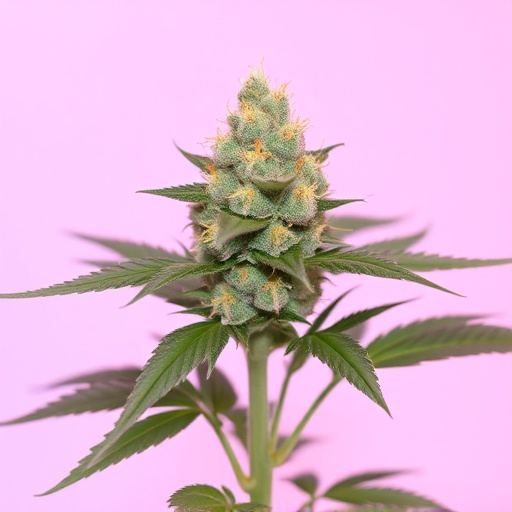
Cannabis flowers go through a distinct life cycle, from seed to harvest, that significantly influences their potency and quality. Understanding this process is crucial for cultivators aiming to produce the best medical cannabis strains. The life cycle begins with germination, where seeds sprout and roots begin to develop. As the plant grows, it enters the vegetative phase, characterized by rapid stem and leaf development. During this stage, nutrients are accumulated, setting the foundation for robust flowering.
Flowering marks the transition from vegetative growth to reproductive maturity. This is when the plant begins to produce buds, which are dense with resinous glands called trichomes. Trichomes secrete cannabinoids and terpenes, contributing to the unique aroma and therapeutic properties of cannabis. The timing of harvesting during the flowering phase is critical; picking at the optimal time ensures maximum cannabinoid production and potency. Cultivators must monitor the plant’s progress, considering factors like light cycles, temperature, and nutrient levels, to achieve the best results for their desired medical cannabis strains.
Factors Affecting Potency Decline
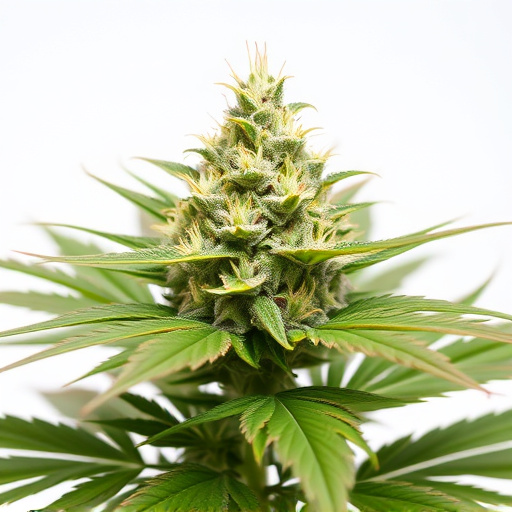
The potency of cannabis flowers, especially in popular medical cannabis strains, can decline over time due to various factors. One significant influencer is age; as cannabis plants mature, their chemical composition evolves. Terpenes, responsible for aroma and flavor, often evaporate or degrade, leading to a loss of therapeutic benefits. Additionally, the concentration of cannabinoids like THC (tetrahydrocannabinol) and CBD (cannabidiol) may decrease naturally as the plant ages.
Other factors contribute to potency decline, including storage conditions. Improper storage, such as exposure to light, heat, or moisture, can accelerate cannabinoid degradation. Some best medical cannabis strains are more sensitive than others, so proper preservation methods become even more critical for maintaining their potency and efficacy. Environmental factors during cultivation also play a role; stress from pests, diseases, or nutrient imbalances can impact the overall quality and strength of the final product.
Preserving Potency in Medical Cannabis Strains
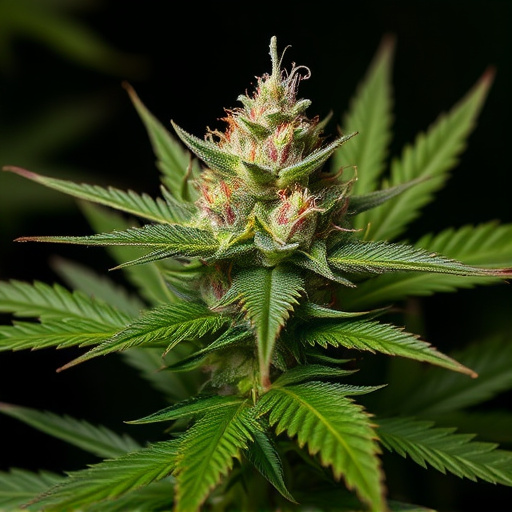
Preserving potency is a key consideration for those using medical cannabis, especially when seeking the best medical cannabis strains. The plant’s power and effectiveness can diminish over time, even under optimal storage conditions. Cannabis flowers are at their peak potency immediately after harvesting, but as they age, cannabinoids like THC and CBD gradually degrade. This degradation is influenced by various factors: exposure to light, heat, oxygen, and moisture. Proper preservation techniques, such as using airtight containers, storing in a cool, dark place, and minimizing humidity, can significantly extend the shelf life of medical-grade cannabis.
To maintain the integrity of your best medical cannabis strains, consider these practices. First, avoid leaving flowers exposed to direct sunlight or extreme temperatures. Second, store them in opaque containers to block light, which accelerates degradation. Third, keep them in a dry, cool environment; high humidity can lead to mold and accelerated cannabinoid breakdown. By following these simple steps, patients can ensure they receive the full therapeutic benefits of their chosen medical cannabis strains for an extended period.
As we’ve explored, understanding the life cycle of cannabis flowers and the factors influencing potency decline is key to selecting the best medical cannabis strains. By preserving optimal conditions during cultivation and storage, it’s possible to maintain high levels of efficacy. Whether for recreational or medicinal use, recognizing when cannabis loses its potency allows us to make informed decisions, ensuring a satisfying and effective experience.


